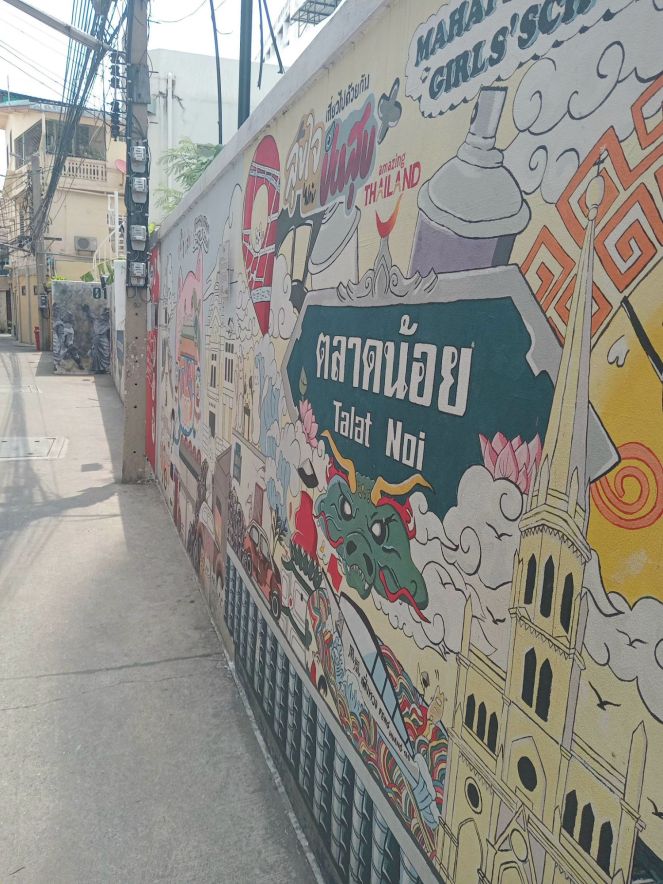
Vintage streets and sacred trees of Talad Noi
One of my favourite parts of Bangkok was Talat Noi, and area that is very central next to the main river and Chinatown, I have never been a fan of modern shopping malls and skyscrapers, which Bangkok is well-known for. However, Talat Noi is very different from that and aesthetically spoke to an older and perhaps less consumerist Bangkok, with Chinese influences, yet with contemporary street art, to give it a ‘vintage’ and ‘hip’ aesthetic. Dotted around its pedestrian only and narrow alleyways, were lots of cats, mural artworks, and one-off cafes and restaurants. No street dogs around at all (unlike many parts of India) and no big chain restaurants or shops there at all.
Talat Noi or Talad Noi has been home to various ethnic Chinese communities since soon after the foundation of Bangkok. Several historic buildings are found in the area, including the Holy Rosary Church, the Talat Noi Branch of Siam Commercial Bank, and the So Heng Tai Mansion. Talat Noi has a long history predating the founding of Bangkok. The first ethnic group to settle here were the Portuguese from Ayutthaya. They built a Portuguese church in 1786, today known as the Holy Rosary Church or, in Thai, Wat Kalawa. Later, other ethnic groups came to live in Talat Noi, not only Chinese but also Vietnamese and Khmer. The area was Bangkok’s first port, and was where immigrants landed.
The name Talat Noi means ‘little market’. It comes from the name of the daughter of Jao Sua Niam or Jay Sua Niam, a landowner in the past. So, Chinese who living here are often referred to in Thai term in Teochew dialect Tuk Luk Kia Chinese people then called the newly expanded part of the market “Ta Lak Kia” which translated to Thai as “Talad Noi”. Today, Talat Noi is a cultural attraction. Locals retain their form of speech, food, and folk beliefs as in the past. Houses and lanes are artfully decorated with graffiti that makes the place popular with teenagers, hipsters, and foreign tourists who want to experience a traditional Chinese quarter.
There is a diversity of ethnicity and religion due to the relocation of Portuguese and Chinese communities after the fall of Ayutthaya in 1767. They were given a small piece of land in the Talad Noi. This is evident by several Buddhist temples, a Roman Catholic church, and Chinese Shrines scattered in small communities.
Throughout the area you will also see lots of abandoned old cars and car parts lying around while workers are busy with their welding. Sieng Gong has become a centre for the refurbishment of secondhand car parts in Bangkok over the last 70 years.
Also, there are several huge trees with massive trunks and roots, wrapped with prayer flags and small temples next to them. I asked the locals what these represented and they said local beliefe in ‘nature/tree spirits’ inhabit the trees and nature and they are showing respect to them. This reminded me of pre-Christian/pagan era beliefs in Europe and also the Vedas in India who also worshipped and revered nature more too. See photos I took of the area below.
The biggest pure gold Buddha statue in the world: Wat Traimit

Talat Noi is also home to Wat Traimit, which houses a 3-metres tall seated golden Buddha statue. The Buddha which is made in pure solid gold and weigh 5500 kilograms is very impressive. It is believed to be the world’s largest solid gold Buddha image. Historians believe this holy figure is over 770 years old and originated in the ancient Siam capital of Sukhothai (13-14 century), predating Ayutthaya.
At one point in its history, the statue was covered with a layer of stucco and coloured glass to conceal its true value, and it remained in this condition for almost 200 years, ending up as what was then a pagoda of minor significance. During relocation of the statue in 1955, the plaster was chipped off and the gold revealed.
At US$1,400 per troy ounce, the gold in the statue (18 karat) is estimated to be worth 250 million dollars. The body of the statue is 40% pure, the volume from the chin to the forehead is 80% pure, and the hair and the topknot, weighing 45 kg, are 99% pure gold.


The origins of this statue are uncertain. It is made in the Sukhothai Dynasty style of the 13th–14th centuries, though it could have been made after that time. The head of the statue is egg-shaped, which indicates its origin in the Sukhothai period. Given that Sukothai art had Indian influences[1] and metal figures of the Buddha made in India used to be taken to various countries mostly during the Pala period. Later, the statue was probably moved from Sukhothai to Ayutthaya, about 1403.[3]
Some scholars believe the statue is mentioned in the somewhat controversial Ram Khamhaeng stele. In lines 23–27 of the first stone slab of the stele, “a gold Buddha image” is mentioned as being located “in the middle of Sukhothai City”, interpreted as being a reference to the Wat Traimit Golden Buddha.
At some point, the statue was completely plastered over to prevent it from being stolen. The statue was covered with a thick layer of stucco, which was painted and inlaid with bits of coloured glass. It is believed that this plastering-over took place before the destruction of Ayutthaya kingdom by Burmese invaders in 1767. The statue remained among the ruins of Ayutthaya without attracting much attention.
In 1801, King Buddha Yodfa Chulaloke (Rama I) of Siam, after establishing Bangkok as a new capital city of the Kingdom, and after commissioning the construction of many temples in Bangkok, ordered that various old Buddha images should be brought to Bangkok from the ruined temples around the country.
At the time of King Rama III (1824–1851), the statue, still covered with stucco, was installed as the principal Buddha image in the main temple building of Wat Chotanaram (Wat Phraya Krai) in Bangkok.When Wat Chotanaram, located near Chinatown on the site of modern-day Asiatique, fell into disrepair and was closed, the statue was moved to its present location at the nearby Wat Traimit in 1935. At the time, Wat Traimit was a pagoda of minor significance (like hundreds of other Buddhist temples that exist in Bangkok). Since the temple didn’t have a building big enough to house the statue, it was kept for 20 years under a simple tin roof. The true identity of this statue had been forgotten for almost 200 years

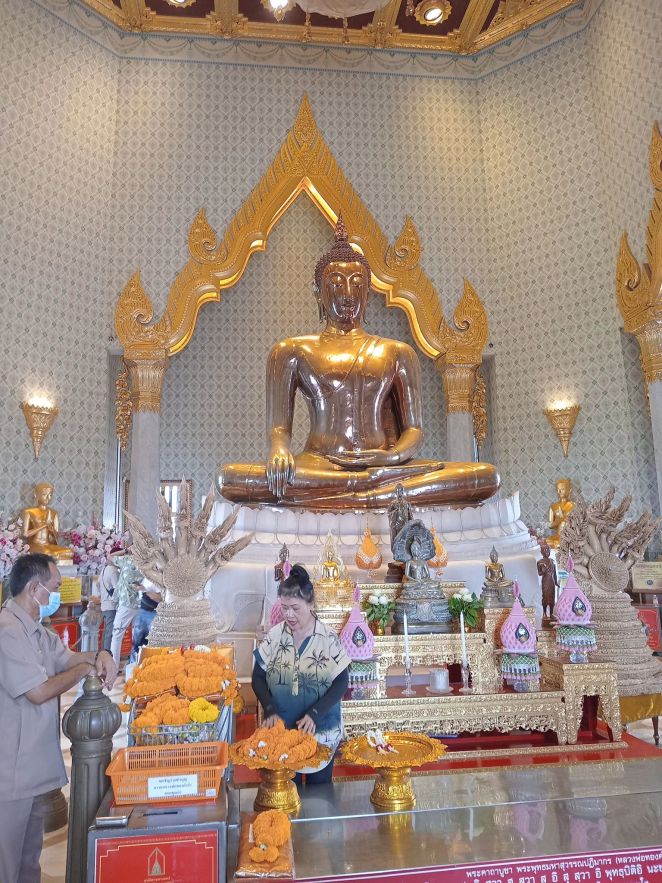
Scenes of Talat Noi
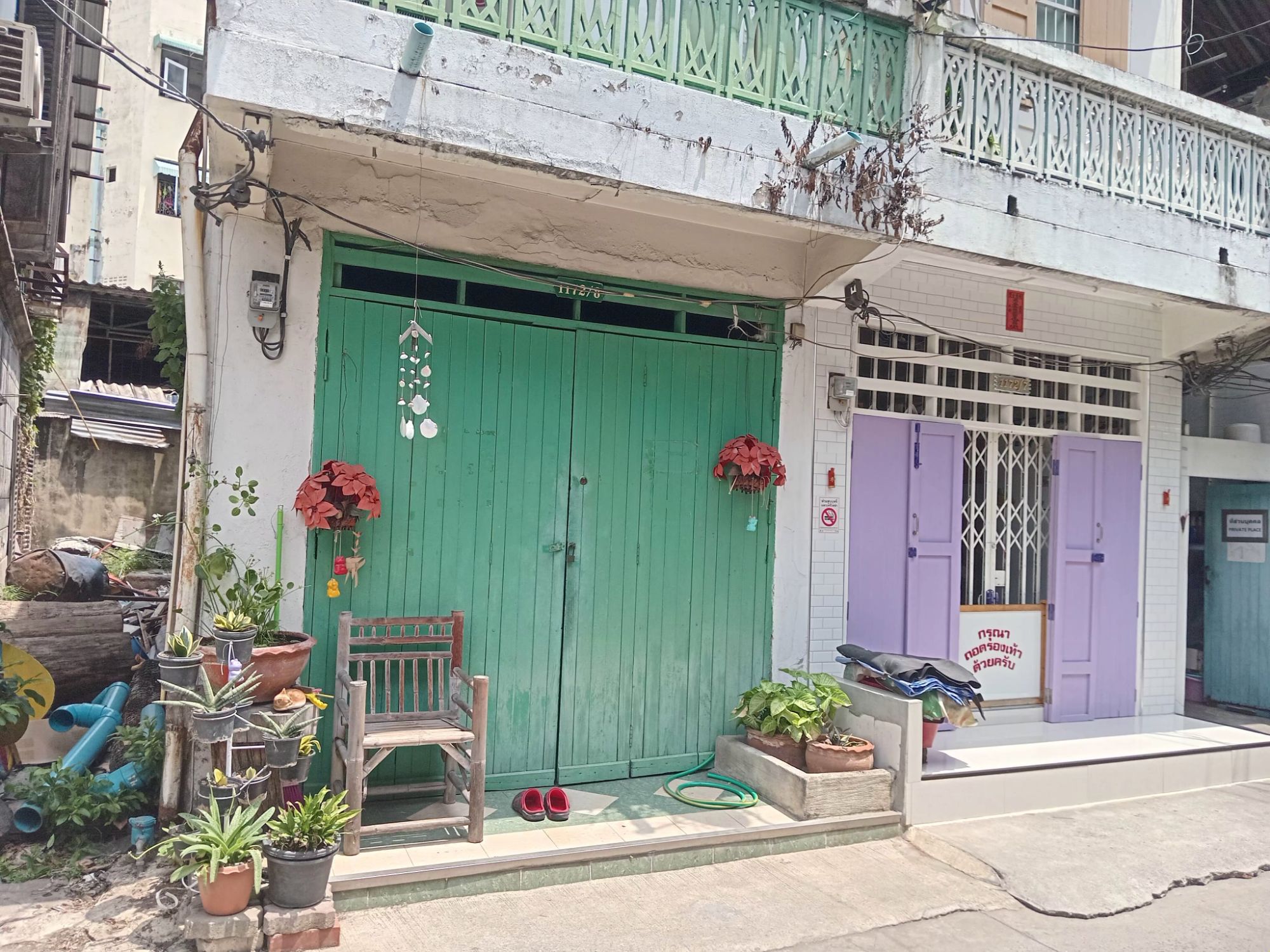






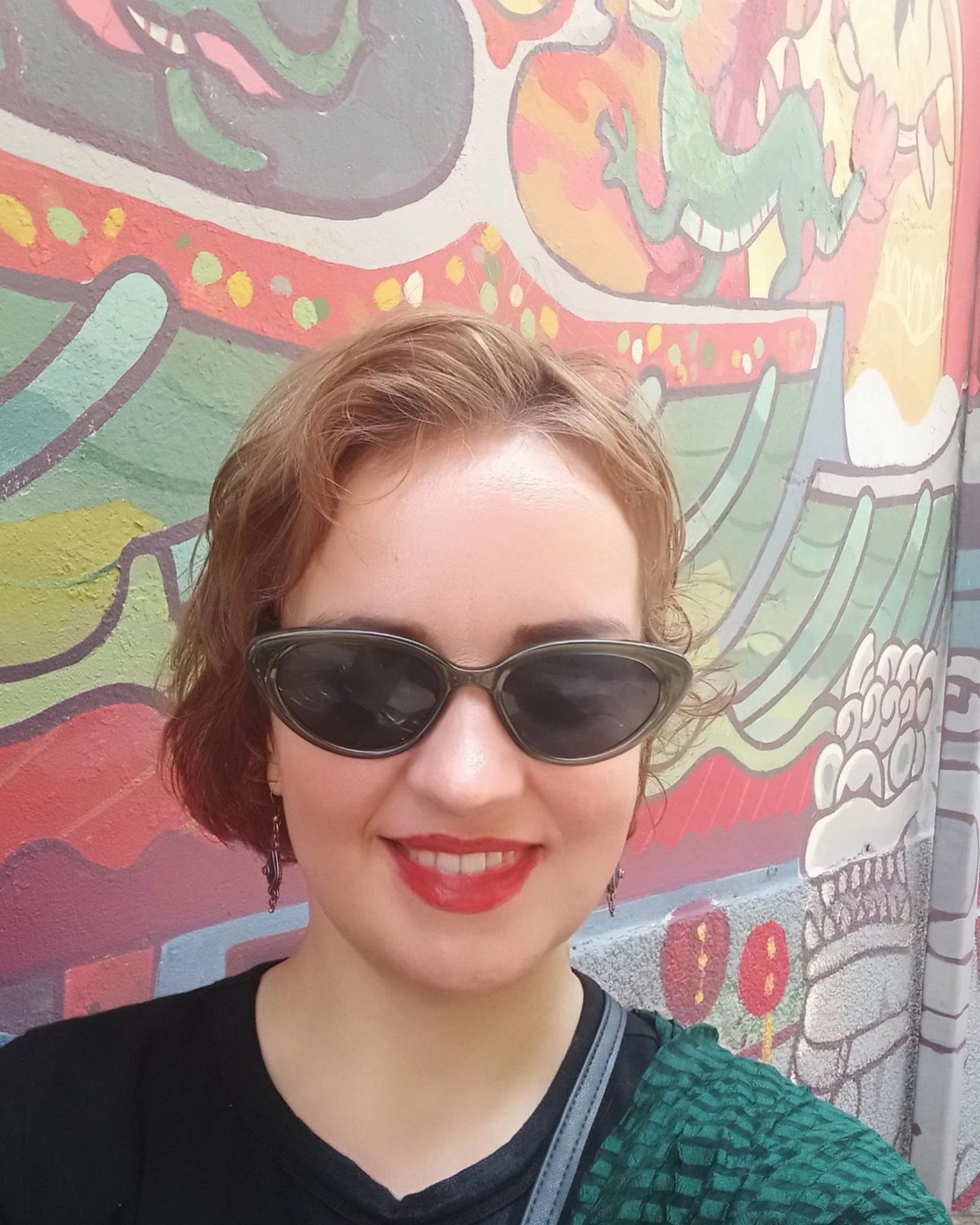
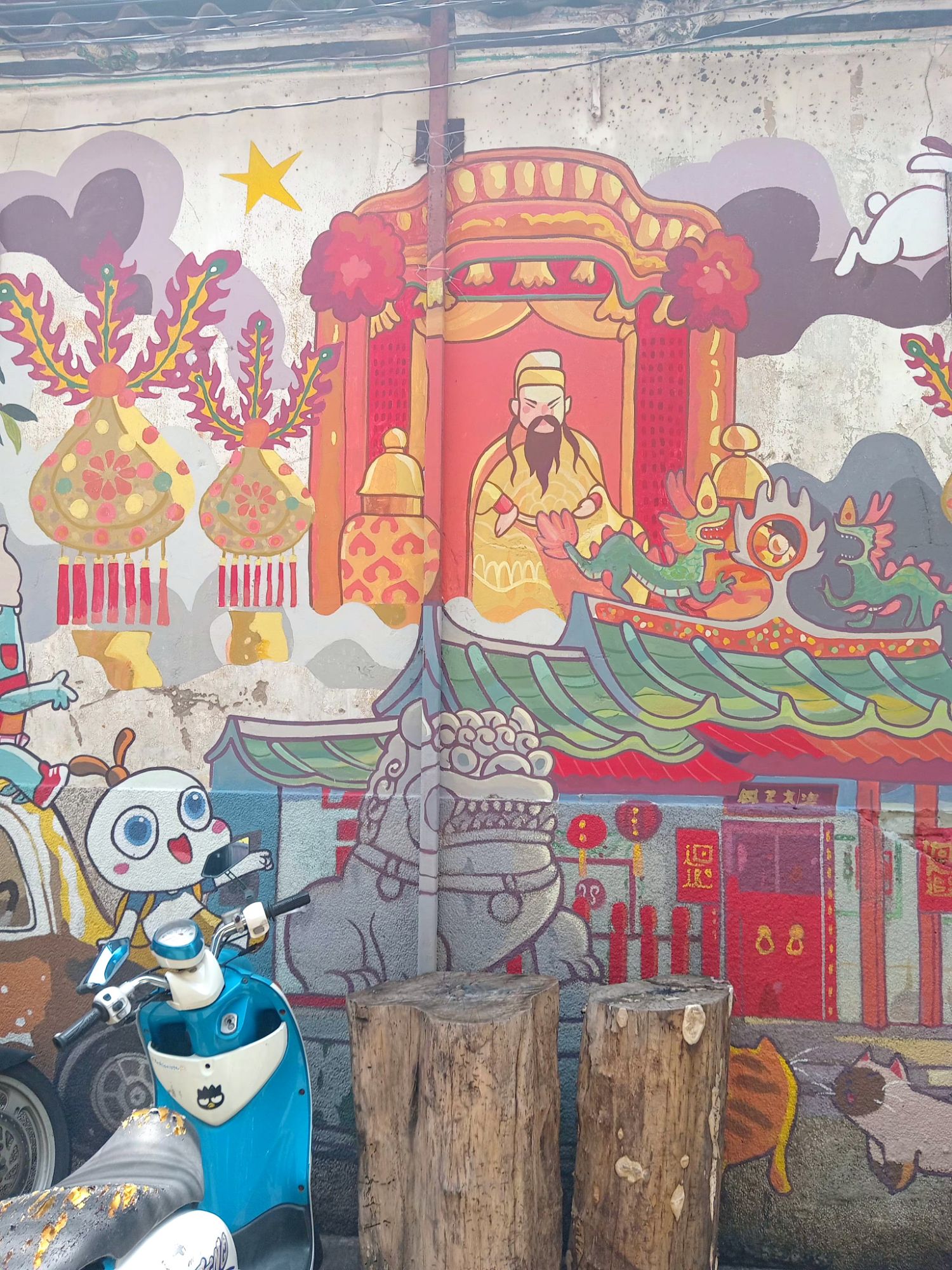


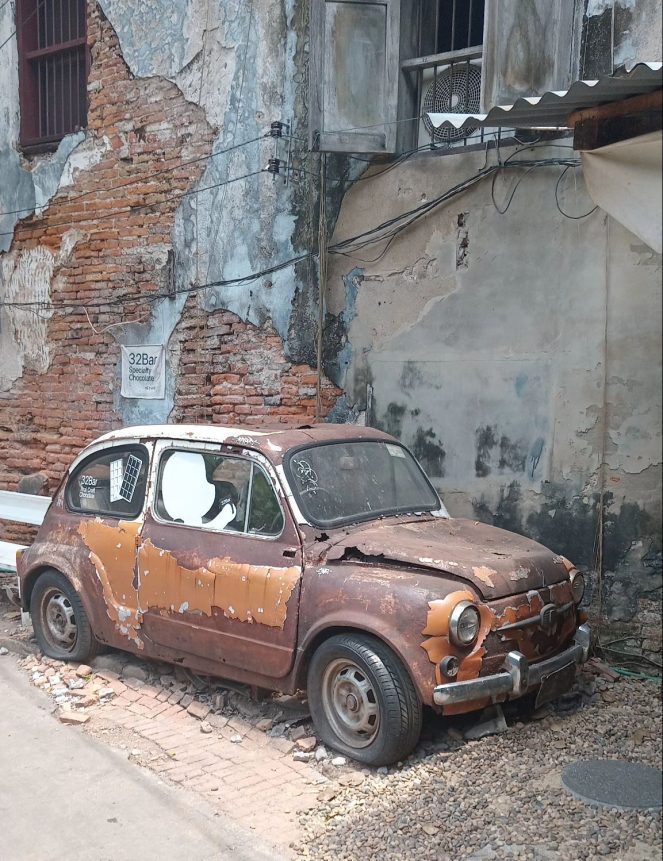



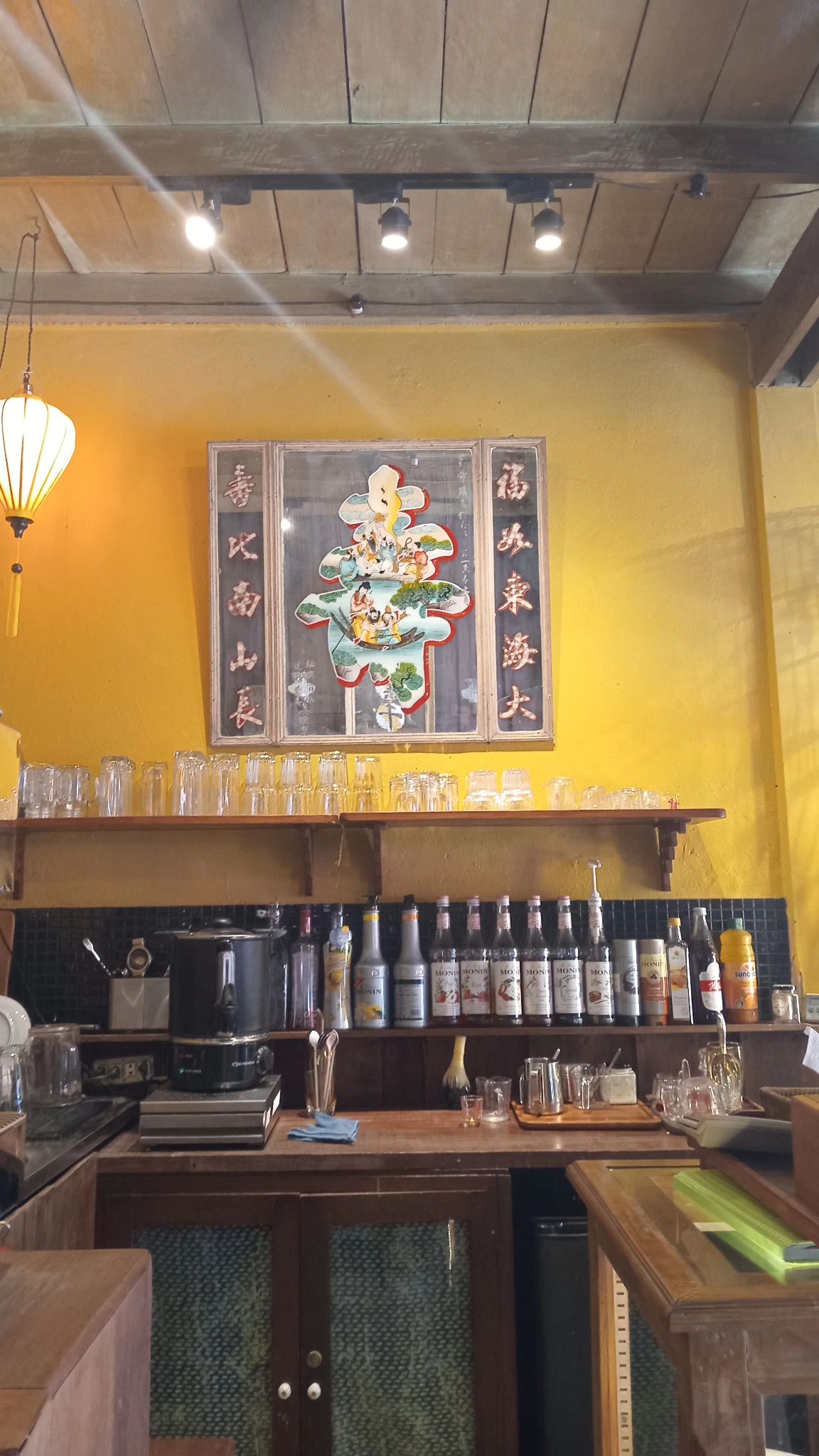
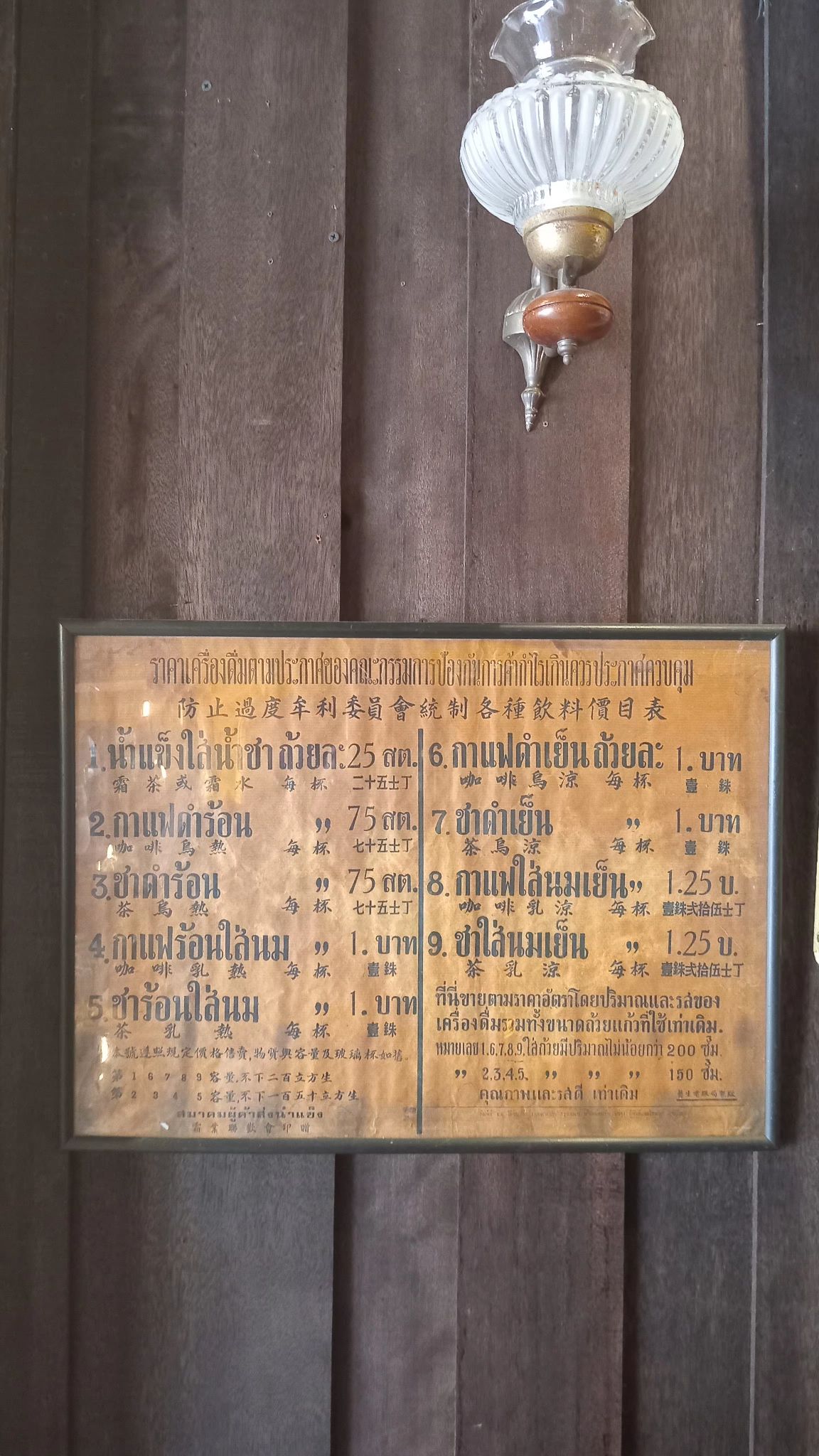










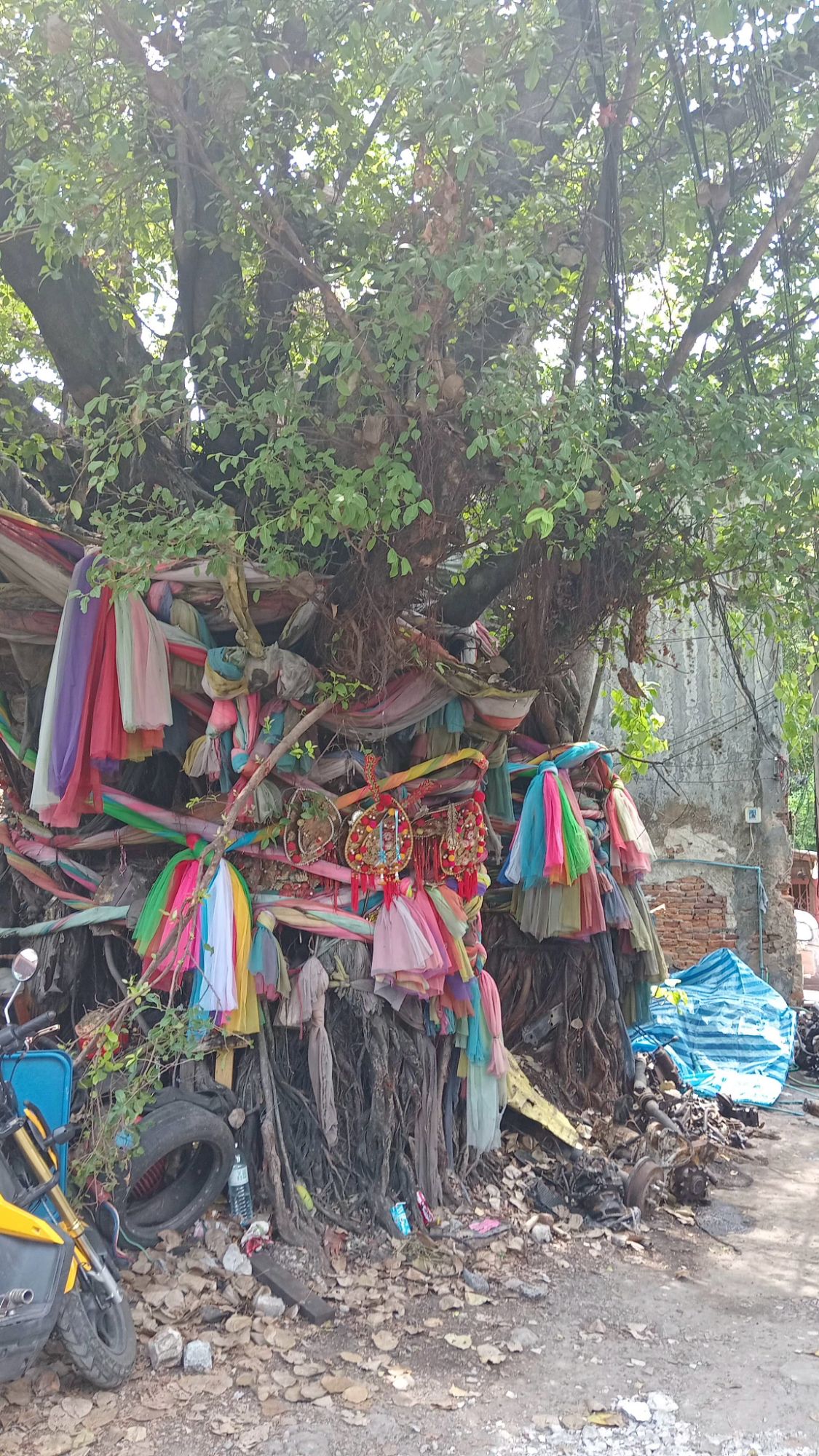



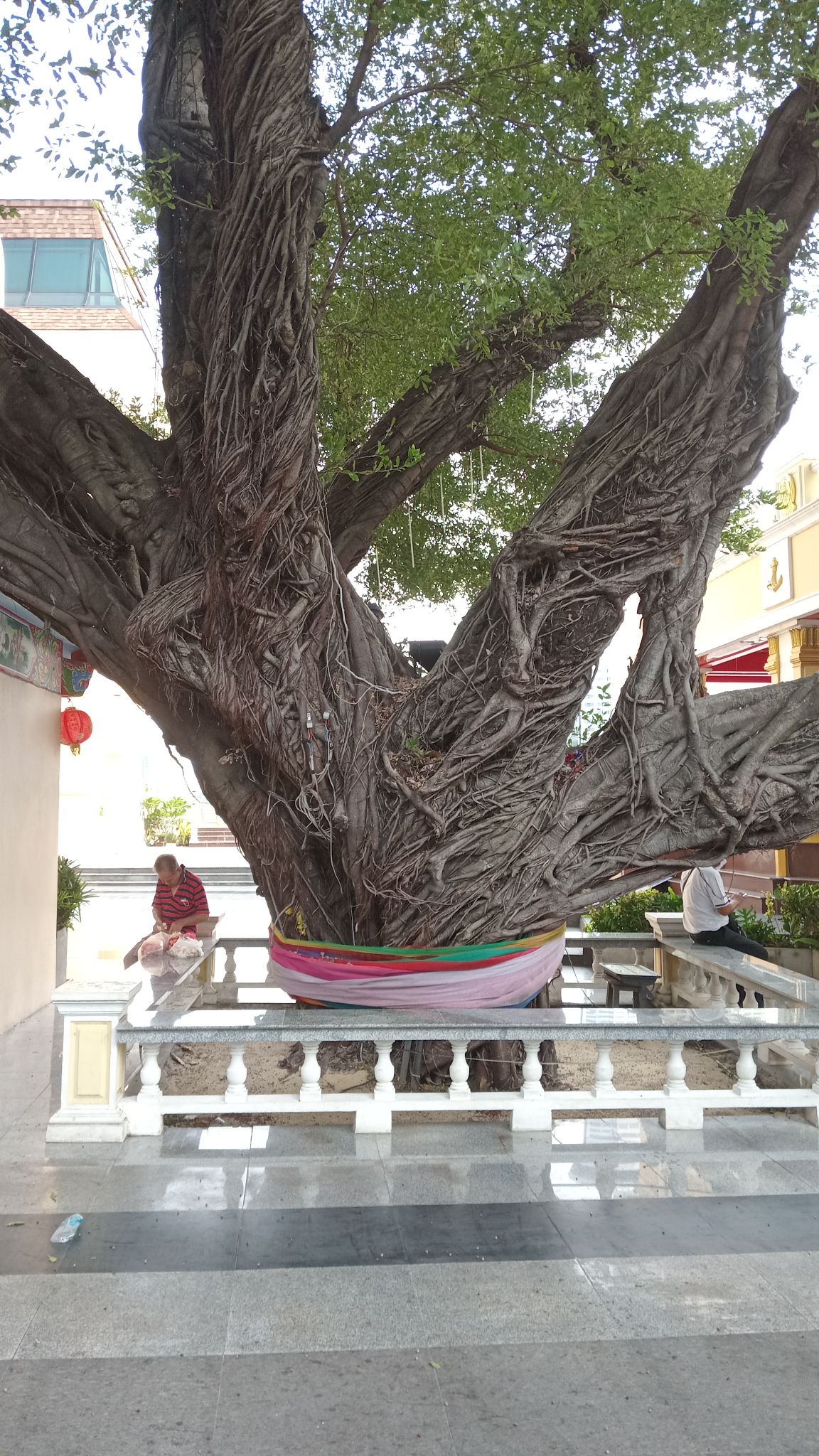




I do enjoy your traveller pics
On Mon, 22 Apr 2024 at 19:33, Dakini Translations and Publications